Into Focus
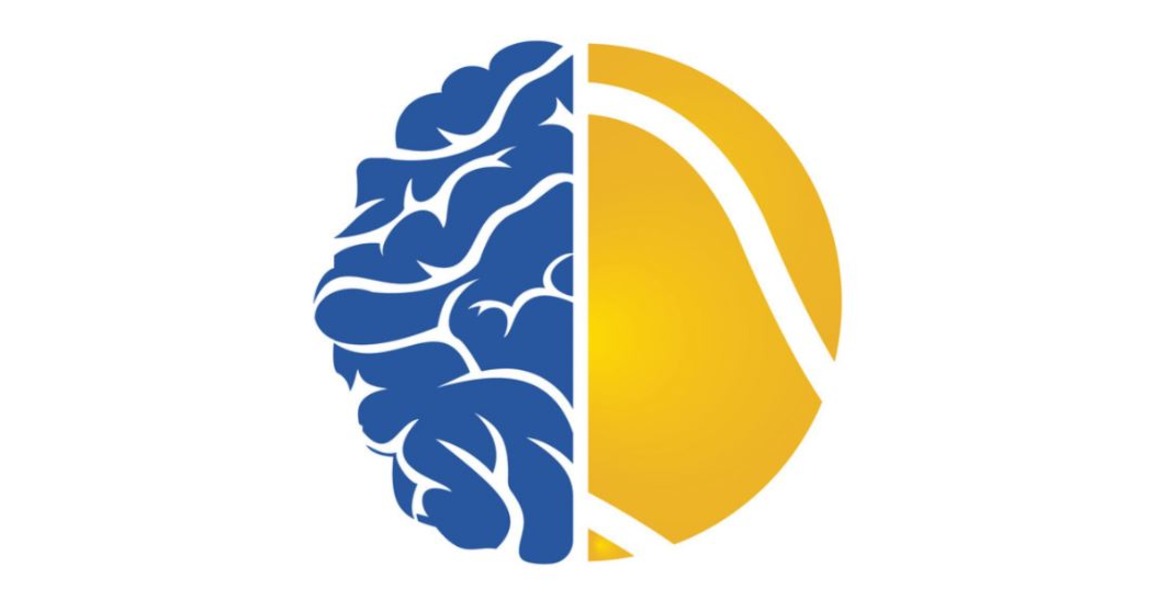
This Guest Post was written by coach Dan McCain for ParentingAces. You can get more information on Dan by visiting his website, DanMcCain.com, and by listening to our recent podcast, A New Way to Analyze Matches ft. Daniel McCain & David Howell.
An Article About Working with ADHD Tennis Players
THE PREREQUISITE
At every level, successful tennis players have people surrounding them that positively impact their experiences in some kind of meaningful way. As a coach, whether I’m working with 8 or 9 year olds, juniors playing national level tournaments, or the guys on my college team, trust is paramount. Genuine trust is earned by being consistent with them over time, and the belief in the messages sent and received. It’s earned by developing the relationships, learning personalities, tendencies, and sharing the right amount of your own.
Earning that trust with anyone who has ADHD often means traveling down a slightly different road. With some empathy and education, parents, coaches and teachers can be effective leaders and communicators with ADHD kids and students.
You must be a Free or Premium member to read the remainder – click here to join
 Boys’ & Girls’ Top Seeds in 14s & 12s Open with Wins at FILA Easter Bowl
Boys’ & Girls’ Top Seeds in 14s & 12s Open with Wins at FILA Easter Bowl 

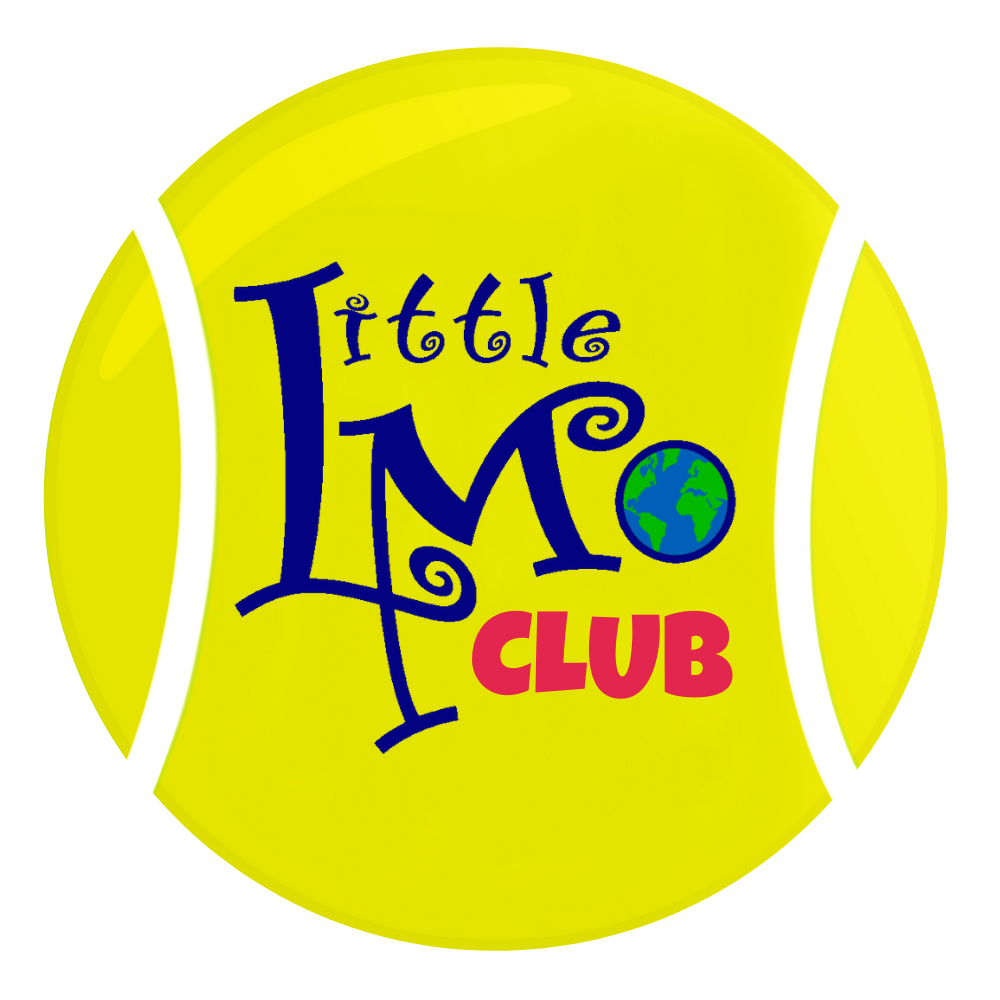
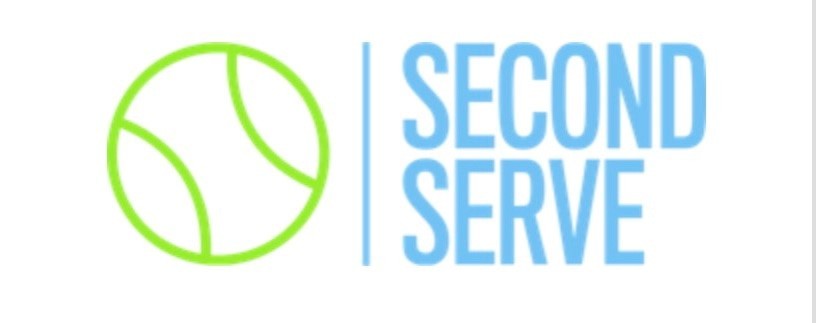
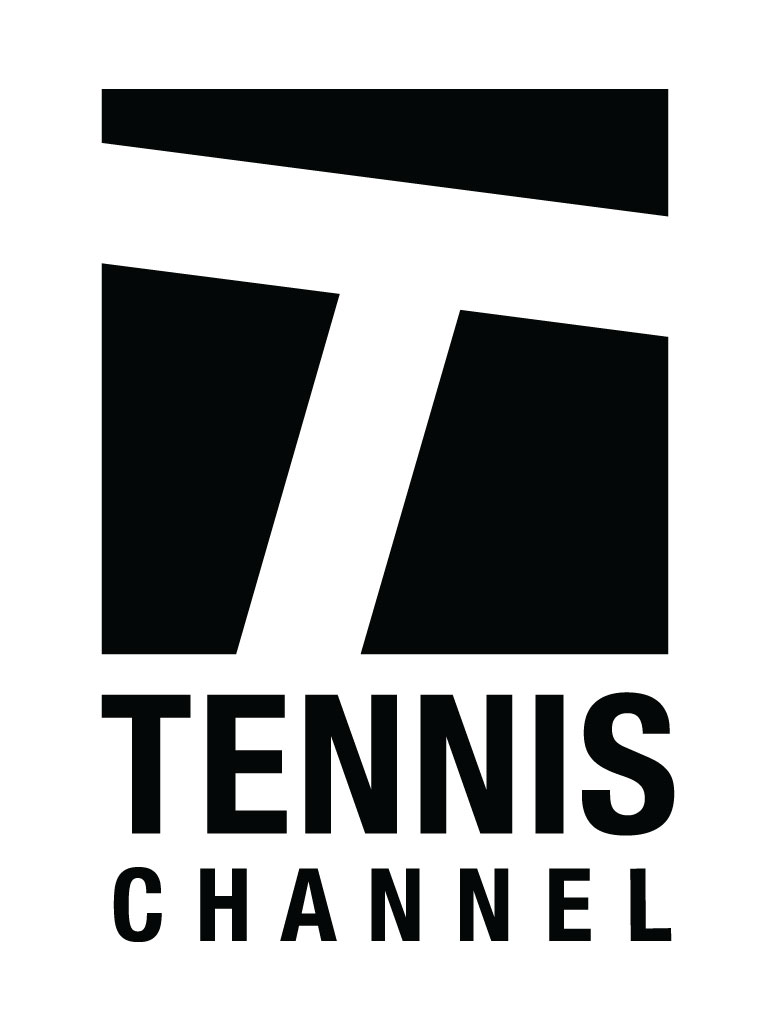

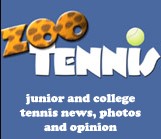





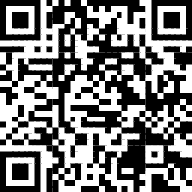
Comments are currently disabled for this post